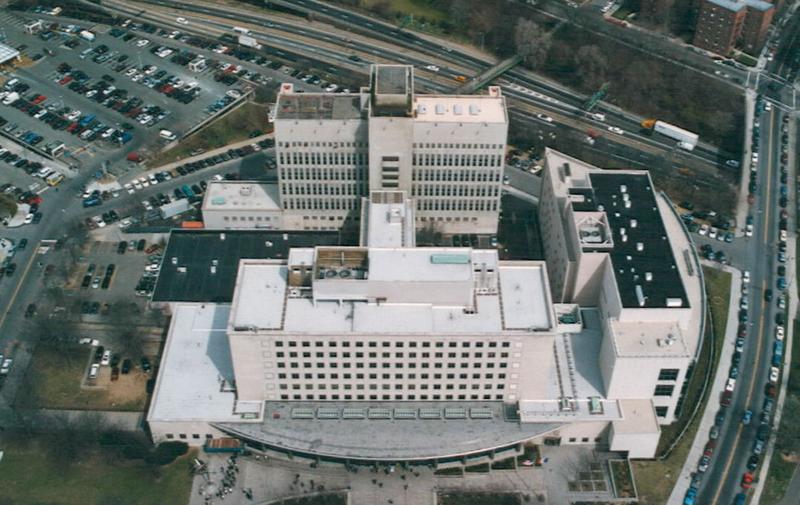
Republicans will be playing a pivotal role in determining the Democratic nominee for Queens District Attorney.
Only registered Democrats were able to vote — and they outnumber Republicans so dramatically in Queens, that the nominee is expected to have an easy time winning in November — but at each table where ballots are being counted sit two workers from the New York City Board of Elections, a designated Democrat and a designated Republican.
“It doesn’t matter whether it’s a primary or general election, you have to have one of each, so there’s a check on the system,” said Valerie Vazquez, spokesperson for the Board. “There’s so many more registered Democrats than Republicans, it’s not always easy to find [Republicans], but we find ‘em.”
The manual recount was triggered by Melinda Katz’s 16-vote margin over public defender Tiffany Caban. Anything less than 0.5 percent leads to a multi-week effort like this one, where dozens of workers go through each and every ballot, whether it was cast at a polling site or by mail via absentee ballot.
Most of last week was spent collating the ballots by election district. Workers removed them from sealed blue plastic boxes that had been in the scanners, combined them with mail-ins, and placed them into labeled accordion folders.
On Monday, as the count gets underway in earnest, workers will look for ballots that the scanners didn’t pick up, for instance, because people didn’t fully fill out the circles next to candidates’ names but put in a check or ‘x.’
They’re also looking to disqualify ballots, where misguided voters signed their name or initials, a disqualifying violation of secret ballot rules. Scanners typically don’t pick up such marks.
Most of the initial challenging comes from volunteers from the rival campaigns who sit at each table and monitor the counting. They raise their hands and ask for professional opinions from the campaigns’ paid attorneys.
“You’re literally bouncing around, from table to table, like a pit boss at a casino,” said Thomas Garry, a Long Island election lawyer who has worked at many recounts.
Very often, there are false alarms.
“You may have an overzealous volunteer who says, 'I think that's an identifiable mark,'” Garry said. “And you call everyone over, and we look, and it's one straight pen line, and it's like, 'I'm ok with that. I'll let that one go.'”
Garry said lawyers choose their battles, only bringing contested ballots to the overseeing judge when they’re confident they can prevail — and when the number of ballots is enough to potentially tip the scales.
The recount itself is expected to take about two weeks. The 16-vote margin is likely to change — perhaps a little, perhaps a lot. Either way, Caban’s lawyers are preparing a legal challenge based on a large trove of affidavit ballots the Board of Elections rejected, based on the information voters provided.
“I’d be extremely surprised if the margin changed so much during the recount that these wouldn’t come into play,” said Jerry Goldfeder, who leads Caban’s legal team.
